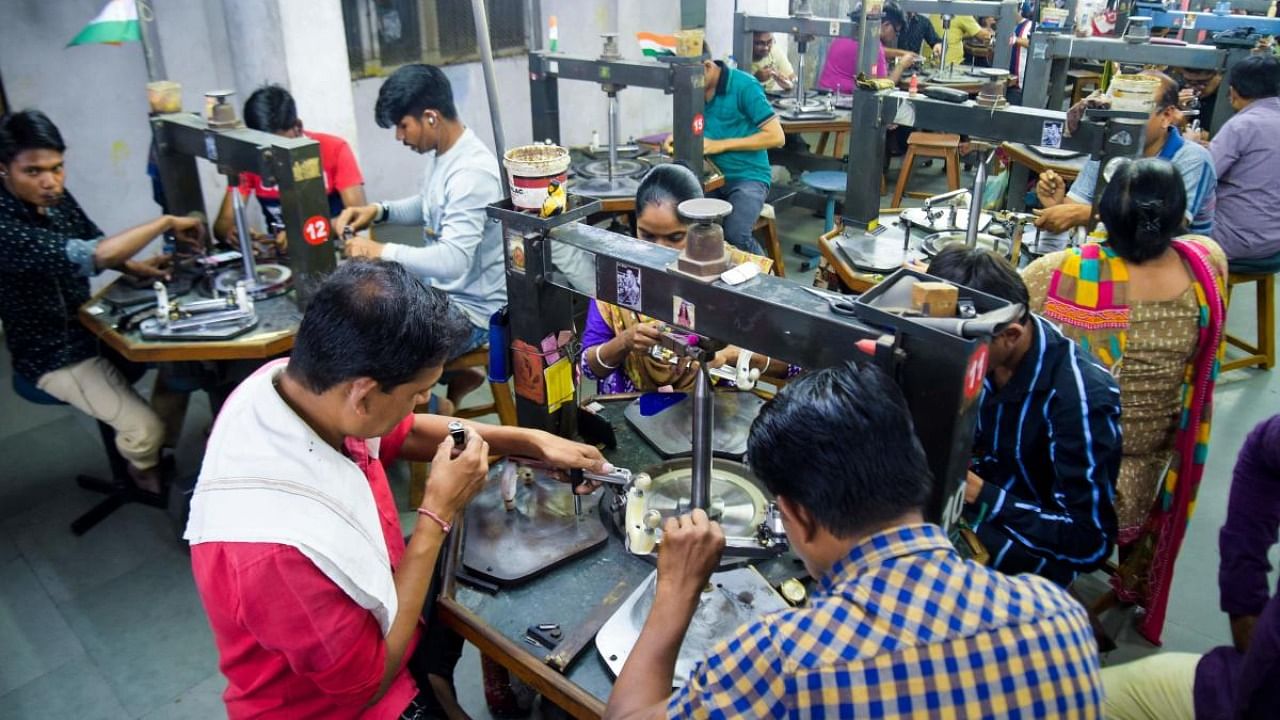
The Indian economy is passing through what is now an almost predictable turmoil that comes back to haunt us once every 10 years. In 2002, we were recovering from the dot com bust and the impact of the 9/11 terrorist attacks. The slide had started in 1998, with the nuclear tests in Pokhran that got several countries very upset and led to, among other things, a decline in foreign investment in India. A country that was all set to take off, having liberalised earlier in the decade and stabilised its economic fundamentals, was suddenly left struggling for investment that is important at the take-off stage. The nuclear tests, the technology bust, and the impact of the terrorist attacks, including the attack on the Parliament and its aftermath, combined to drag India’s growth rate down to below 4.5%. One misadventure of policy and two external events combined to destroy the growth story.
Ten years later, the economy went sliding down again. The eight years after the 2002 debacle saw the Indian economy pick up like never before and the pace of annual growth was dizzying, reaching almost 10%. However, the Eurozone crisis in 2009 dealt a rude shock and, by 2012, the economy had slid down to register a below 4.5% growth rate yet again. The Indian economy had become the fastest-growing among major economies and became one of the largest recipients of foreign investment. Sadly, this was undone by domestic inaction on governance issues and extraneous factors that dealt a death blow to the European economy and left a number of economies gasping for breath.
Once again, post-2012, the Indian economy’s resilience helped it bounce back and the growth rate was again inching upwards of 7% when a man-made shock knocked the breath out of it. Demonetisation, announced in November 2016, sucked out almost the entire cash out of the economy, resulting in a shock that the small and medium sector, the unorganised sector and the export sector could not recover from. The GST, implemented in a hurry, also added to this debacle, and before things on that front could settle down came the horrifying impact of Covid-19 and the sudden, harsh lockdown that followed. Once again, a combination of misguided domestic policy adventures, coupled with a pandemic, drove India’s economic growth below 4.5% before the pandemic, and into negative territory thereafter. As if this was not enough, just as the economy showed signs of recovery, Russia decided to invade Ukraine, and all hell promises to break loose over India over the weeks to come, economically speaking.
The tragedies seem relentless. The first wave of Covid-19 exposed a broken healthcare system and shrunk the economy by almost a quarter. The education sector came to a grinding halt and has still not opened up fully. Even as the first wave was abating, the deadlier Delta variant of the virus struck hard and killed lakhs of people, the true numbers are still being debated. And just as the economy started looking up as most business activities started to open up and attract a reluctant customer base, the third wave came along, albeit a more benign one than the earlier waves. Before this recovery could settle in, we have a war on our hands that threatens to create unprecedented chaos in Europe.
What are the challenges we are faced with now? The worry is that we have many challenges all coming at us together — a perfect storm. The rupee became the worst performing Asian currency, falling to an unprecedented 77 to the dollar. At a time when exports are sluggish and imports growing relentlessly, it is bad news. It also puts pressure on inflation, which is already on an upward trend. The Reserve Bank of India will find itself under pressure. Should it abandon its expansionary stance and curb interest rates? And should it allow the rupee to fall further? Or should it rush in to save the rupee or keep it below a psychological level of 75 to the dollar?
If it sticks to its stance of keeping interest rates low in a bid to catalyse investment and therefore job creation, then the inflationary pressures are bound to increase even more. The war will also directly push up prices as supplies get affected. Edible oil rates have already shot up, and the big example is the increase in sunflower oil prices, which is supplied almost entirely by Russia and Ukraine. One major shock to the system will come by way of crude oil supplies getting stuck, leading to a sharp rise in prices. Could crude oil go up to $150 a barrel, or even higher? If that happens, it will deliver a death blow to India’s carefully choreographed fiscal deficit, which was calculated on the assumption of the crude oil price staying in the $75-80 a barrel band.
India has emerged strong after every such decadal debacle. Given strong fundamentals, it would take a deliberate misadventure or a mistake to drag down the growth rate, but as seen above, we have had plenty of those. The last three decades have shown that just as economic growth starts picking up, we shoot ourselves in the foot and puncture our smooth journey. External and uncontrollable factors accelerate the slide further and we find ourselves lurching from one level down to another. The solution lies in handling these challenges with patience and with care. It is a very weak economic growth that we are staring at, and it will be important to let the RBI work independently in tackling inflation and in keeping the external account manageable while encouraging the finance minister to take steps to boost consumption and fresh investments.
(The writer is Professor of Economics at MCRHRDI of the Government of Telangana and teaches Public Policy at ISB and TISS)